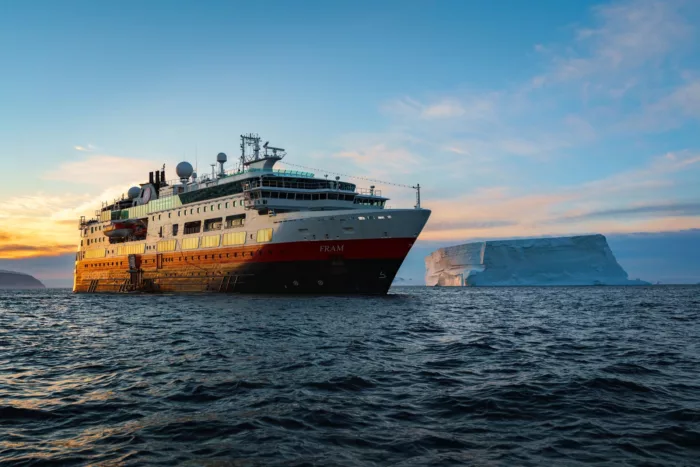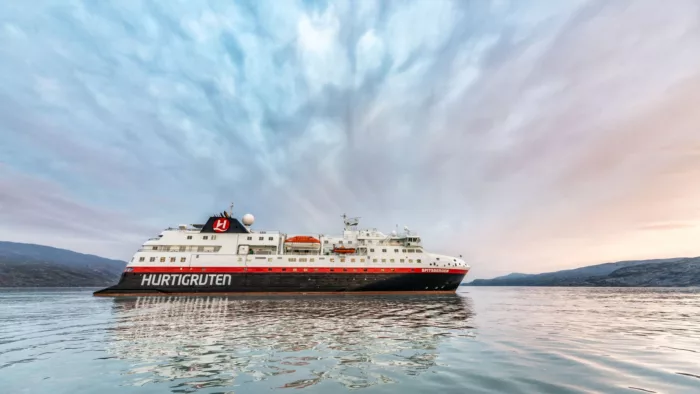
HX Hurtigruten Expeditions
Experts in expedition since 1896, HX boasts handpicked experts from a range of fields who will lead you on discoveries onshore and onboard including hikes, community visits, kayaking and talks.
318
Passengers
2007
Launched
2020
Last refit
11647t
Tonnage
114m
Length
20.2m
Width
13kts
Speed
7
Decks
NOK
Currency
Cruise Itinerary
Day 1
Buenos Aires, Argentina
Embark.
Days 2 - 4
At Sea
Relax and make the most of the myriad of facilities available on board the ship, from fantastic entertainment to delicious and diverse dining options.
Day 5
New Island, Falkland Islands (Malvinas)
Day 6
Carcass Island, Falkland Islands (Malvinas)
Day 7
Port Stanley, Falkland Islands (Malvinas)
Days 8 - 10
At Sea
Relax and make the most of the myriad of facilities available on board the ship, from fantastic entertainment to delicious and diverse dining options.
Day 11
Salisbury Plain, South Georgia and the South Sandwich Islands
Day 12
Grytviken, South Georgia and the South Sandwich Islands
Days 13 - 14
At Sea
Relax and make the most of the myriad of facilities available on board the ship, from fantastic entertainment to delicious and diverse dining options.
Day 15
Antarctic Experience, Antarctica
Days 16 - 20
At Sea
Relax and make the most of the myriad of facilities available on board the ship, from fantastic entertainment to delicious and diverse dining options.
Day 21
Puerto Williams, Chile
Day 22
At Sea
Relax and make the most of the myriad of facilities available on board the ship, from fantastic entertainment to delicious and diverse dining options.
Day 23
Punta Arenas, Chile
Disembark.

Day 1
Buenos Aires, Argentina

Days 2 - 4
At Sea

Day 5
New Island, Falkland Islands (Malvinas)

Day 6
Carcass Island, Falkland Islands (Malvinas)

Day 7
Port Stanley, Falkland Islands (Malvinas)

Days 8 - 10
At Sea

Day 11
Salisbury Plain, South Georgia and the South Sandwich Islands

Day 12
Grytviken, South Georgia and the South Sandwich Islands

Days 13 - 14
At Sea

Day 15
Antarctic Experience, Antarctica

Days 16 - 20
At Sea

Day 21
Puerto Williams, Chile

Day 22
At Sea

Day 23
Punta Arenas, Chile
Ship Details


HX Hurtigruten Expeditions
MS Fram
Named after the original Fram - the most famous explorer ship of her time, MS Fram embodies her predecessor's adventurous spirit across our Arctic and Antarctic expeditions. Renovated in 2022, she provides a relaxed atmosphere in which to inspire your adventure.
Cabins
All Prices








